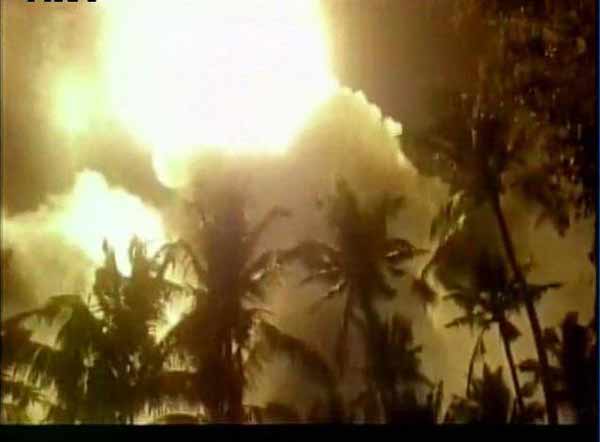New York, NY (BBN) – Conflict-related violence in Afghanistan is still having devastating consequences for civilians despite the decrease in casualties this year, a United Nations report said.
“The United Nations welcomes the reduction in civilian casualties, but we must remember that Afghan children, women and men continue to be killed and injured at alarmingly high levels,” the Secretary-General’s Deputy Special Representative for Afghanistan, Nicholas Haysom, said in a statement on Wednesday.
The 2012 Midyear Report on the Protection of Civilians in Armed Conflict states that during the first half of the year, conflict-related violence led to 1,145 civilian deaths and 1,954 injuries. While these figures represent a 15 per cent decrease compared to last year, the UN Assistance Mission in Afghanistan (UNAMA) stressed that more needs to be done protect civilians.
“The 3,099 civilian casualties documented in this report were ordinary Afghans struggling to go about their daily lives in the midst of an armed conflict,” said Mr. Haysom, adding that out of the 3,099 casualties, 925 were women and children. “I call on all parties to the conflict to increase their efforts to protect civilians from harm and to respect the sanctity of human life.”
The report said anti-Government elements were responsible for 80 per cent of civilian casualties, down 15 per cent from the same time period in 2011. UNAMA documented that Pro-Government forces were responsible for 10 per cent of the civilian casualties, down 25 per cent on the previous year, while the remaining 10 per cent of the casualty total could not be attributed to any party in the conflict.
The report also said that while overall casualties have decreased, attacks against schools have increased and the Taliban’s interference in the running of schools has impact on children’s access to education, especially girls.
During the first six months of the year, UNAMA verified 34 attacks, including cases of burnings of school buildings, targeted killings and intimidation of teachers and school officials, armed attacks against and occupation of schools and closures, particularly of girls’ schools.
The report also stated that improvised explosive devices (IEDs) continue be one of the biggest threats to civilians. They account for 33 per cent of all casualties, higher than any other cause. This figure goes up to 53 per cent when taking into account suicide and complex attacks which used IEDs.
It also documented human rights abuses against civilians in seven provinces across the country, many of which were not investigated or prosecuted by the Afghan local police. Local residents also raised with UNAMA their concerns over human rights abusers being recruited into the police force.
BBN/SSR/AD-09Aug12-12:20 pm (BST)








